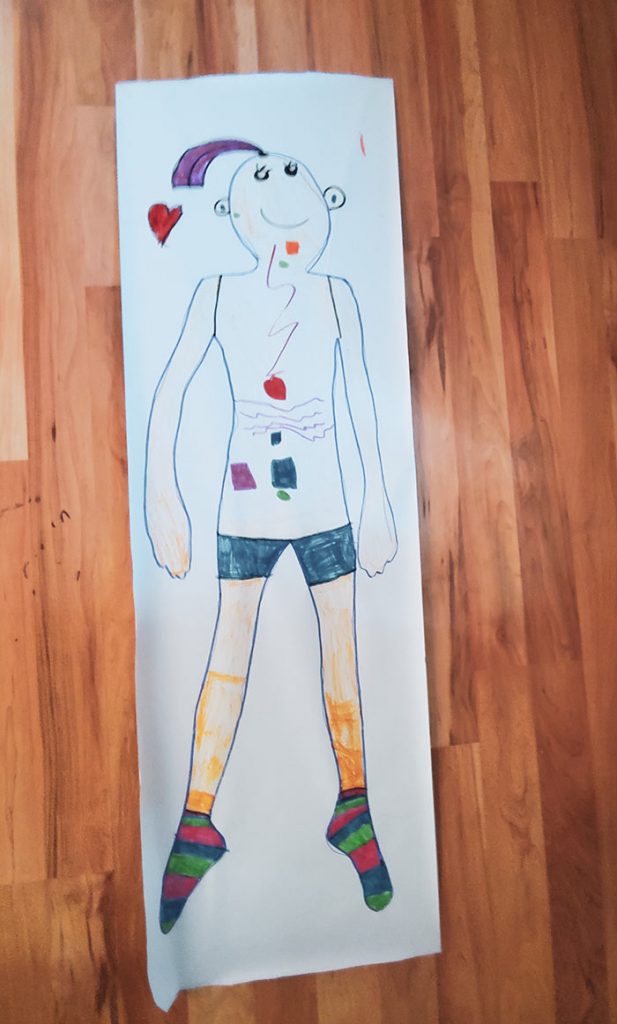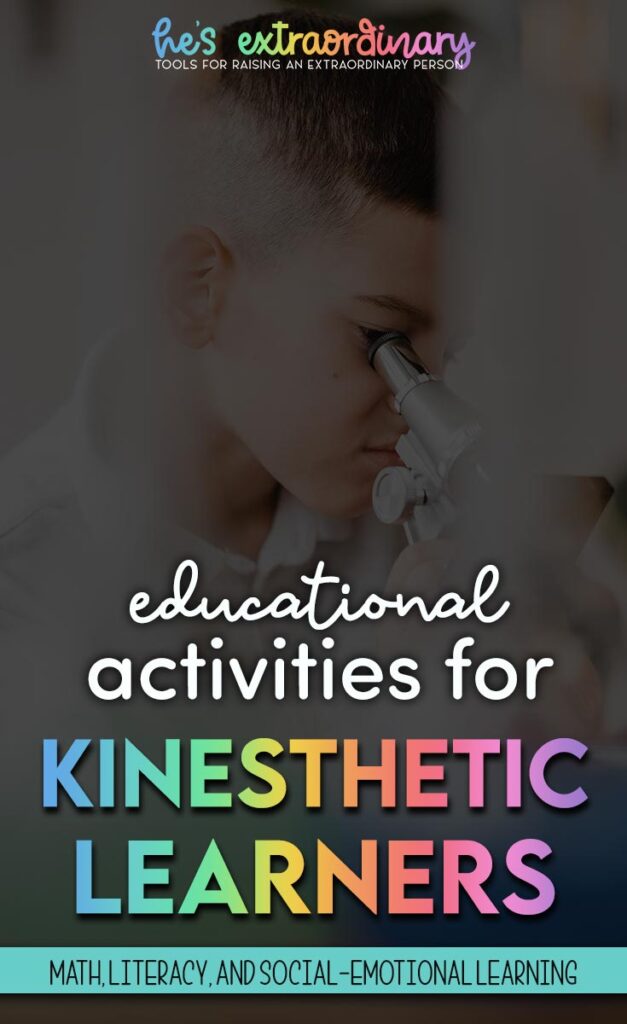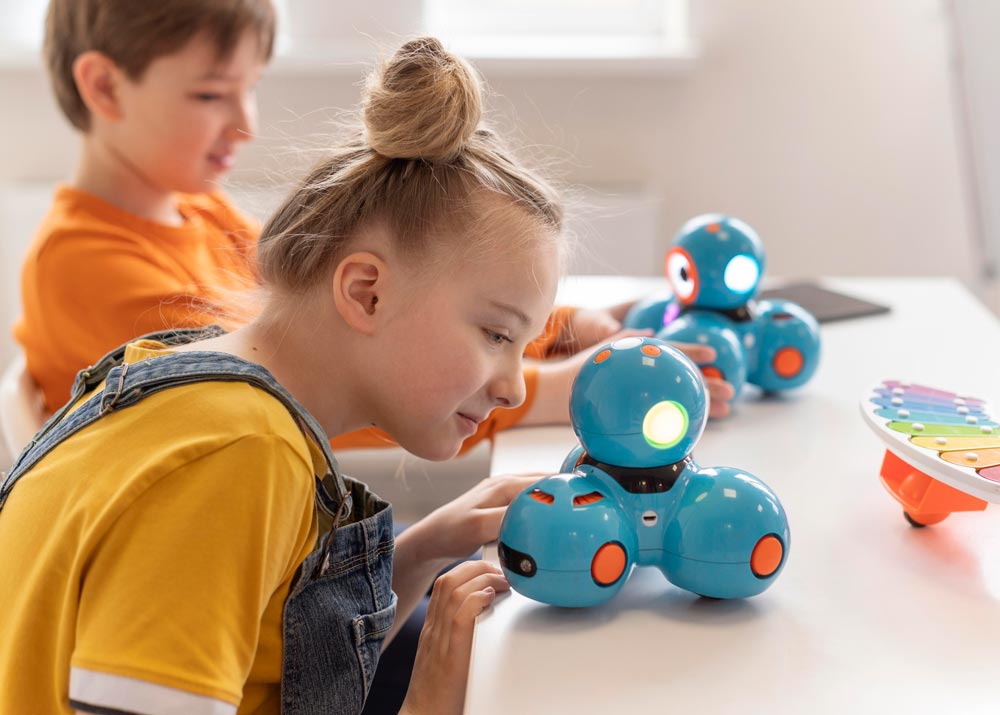Strategies & Educational Activities for Kinesthetic Learners
What’s inside this article: A look at the common characteristics of kinesthetic learners, study tools, and educational activities that parents and teachers can use to support these hands-on learners. Includes activities for math, literacy, and social-emotional learning.
Disclaimer: This post contains affiliate links.
Kinesthetic learners make up approximately 5 percent of the population.
Do you suspect that your child is a kinesthetic learner? Are you a teacher who has kinesthetic learners in your classroom? Are you unsure of how to support their learning and help them reach their full potential?
Whether you’re a parent or a teacher, continue reading to learn more about kinesthetic learners, including characteristics, educational activities, and learning tools.
The VARK Model
Neil D. Fleming and Coleen E. Mills created the VARK model in the early 1990s. It breaks down individuals’ preferred learning styles into the following four categories:
- Visual: Visual learners retain information best when presented visually with charts, graphs, diagrams, etc.
- Auditory: Auditory learners learn best when information is presented to them vocally
- Reading and Writing: Reading and writing learners learn best by reading books and articles, writing down notes, etc.
- Kinesthetic: Kinesthetic learners are the most hands-on and prefer to learn by doing. They retain information best when they incorporate movement into their learning.
Of the four learning types described by the VARK model, kinesthetic learners tend to struggle the most in a traditional classroom setting. This is because they tend to be more energetic than other learners and are most engaged when they’re physically active.
Sitting at a desk and listening to the teacher speak or being told to sit still and read quietly doesn’t work very well for them.
Kinesthetic learning is also the most common learning style for people with ADHD. However, not all kinesthetic learners have ADHD.
Characteristics of Kinesthetic Learners
There’s more to kinesthetic learners than simply being high-energy or enjoying physical activity. Here are some other key characteristics that separate these individuals from different types of learners:
- Prefers to move around a lot and not to sit still
- Prefers to be active participants in learning
- Likes to do things rather than read about them Doesn’t enjoy reading, may have trouble remembering what they’ve read
- May have difficulty with spelling
- May have difficulty listening and staying focused when someone is speaking
- Enjoys active problem-solving
- Likes to try new things
- Speaks with lots of movement or hands gestures
- Prefers comfortable clothing that’s easy to move in
- Likes to touch, feel, and manipulate objects
Kinesthetic learners are more likely to retain what they’ve done than what they’ve read or heard about.
They like to be directly involved in the learning process as much as possible.
Strategies to Support Kinesthetic Learners
The more teachers and parents understand about their child(ren)’s learning style, the easier it is to support them in the classroom and at home.
If your child is a kinesthetic learner, these teaching and studies strategies may work well for them:
- Role-playing
- Hands-on learning activities with tangible objects (clay, blocks, etc.)
- Use of manipulatives and 3D models
- Flashcards
- Walking while studying and reviewing lessons
- Virtual Reality – although costly, VR transforms how educational content is delivered, allowing students to interact in a virtual environment in ways not possible in the classroom.
- Use of plastic or magnetic letters for spelling . Tip: Use a cookie sheet with magnetic letters to practice spelling words
- Use of games and projects to learn new concepts
- Short study periods with regular breaks – try these brain breaks
Changes in scenery can be beneficial for kinesthetic learners, too.
Moving from room to room or switching between inside and outside may help your child stay focused and avoid boredom.
Activities for Kinesthetic Learners
Fun and engaging learning activities that are hands-on and involve movement are key for kinesthetic learners.
For parents and educators trying to support their child’s learning, here are some examples of activities to try:
Math Activities
Card Games
Card games like Go Fish! are great for helping kids learn their numbers.
Older students can also practice solving math problems with regular playing cards. For example, they can draw two cards from a deck and then multiply, add, or subtract the numbers before they’re allowed to draw again.
This works well with Uno Cards, too.
Manipulatives
Manipulatives are tangible objects that help to make abstract math concepts more concrete.
Examples include blocks and number lines, which can be used for counting, adding, subtracting, multiplying, and dividing, play money, and base ten blocks.
Spinners and marbles are also helpful for learning probability and ratios.
Computer Games
There are many computer games designed to make math more fun and engaging, especially for kinesthetic learners.
When children are able to drag icons across the screen or practice more advanced skills like graphing, it’s much easier for them to stay focused and retain what they’ve learned.
Prodigy is a great, free online math game for kids.
Food Math
Incorporating food is a fun way to get kids excited about math.
Cutting up fruit, cookies, or pizza can help them learn fractions, for example. You can also use simple baking projects to help them learn fractions, division, and other simple math operations.
Just be prepared with papertowels and your favorite cleaning solution because these activities can get messy fast!
Reading & Spelling Activities
Reading and spelling are often difficult subjects for kinesthetic learners. With these activities, though, they can sharpen their skills and improve their performance:
Sight Word Soccer
To play sight word soccer, start by writing sight words on pieces of paper, then tape them to soccer cones.
Next, have kids kick a soccer ball through the cones, stopping at each one to read the word before moving on to the next.
Spelling “Workouts”
This activity is great for helping kids learn to spell their names or other simple words.
Write out the alphabet, then assign an exercise to each letter (A=5 jumping jacks, B=spinning in a circle 5 times, etc.).
Then, have kids spell their name (or another word) while doing the movements corresponding to each letter.
These whole-body exercises help kinesthetic learners commit information to memory.
Keyboarding
Because it’s more physical, typing on a keyboard can sometimes be easier for kinesthetic learners than writing words out by hand. Give them opportunities to practice spelling and writing this way to shake things up.
Alphabet Marks The Spot
This is a floor game from Learning Resources. The game includes a large floor mat with the alphabet and eight different active literacy games for kids.
You can play the included games, but you can also have kids hop from letter to letter – naming the letter or spelling out sight words! It’s a versatile way to engage children.
Social-Emotional Learning Activities
Social-emotional learning is just as important for kids’ development as learning to read, spell, and solve math problems.
Here are some social-emotional learning activities geared toward kinesthetic learners:
Emotions Jenga
For this game, take a basic Jenga set and write different emotions on random pieces (angry, happy, sad, jealous, etc.).
When each child pulls a block from the tower, they must act out what that emotion looks like – body language, facial expression, etc.
Body Check Chart
To learn more about interoception (the way people sense what’s going on inside their bodies), kinesthetic learners can make a Body Check Chart by tracing the outline of their body on a big piece of paper.
When the chart’s finished, they can try various activities to become more aware of their bodies and what happens inside them when they feel different emotions.
For example, you can ask them to “draw their feelings” and illustrate what happens in their body for different emotions.
See full instructions and activity ideas here.

Biofeedback
With biofeedback activities, you’re using some type of sensor or device to help you understand signals from your body.
This Biofeedback activity called How Low Can You Go? takes five minutes and helps show children how deep breathing activities can help them calm down.

Remember, with their high energy levels, kinesthetic learners may struggle in a traditional classroom setting. However, when they’re properly supported and given the right kinds of learning activities, these children can have positive experiences and go on to do great things inside and outside of school.

